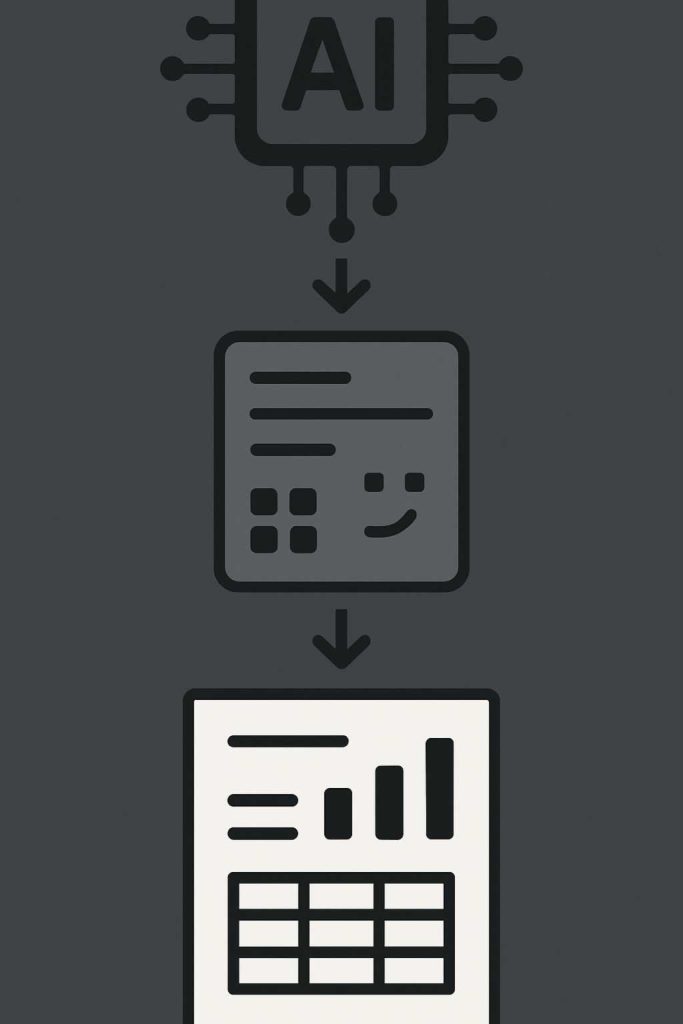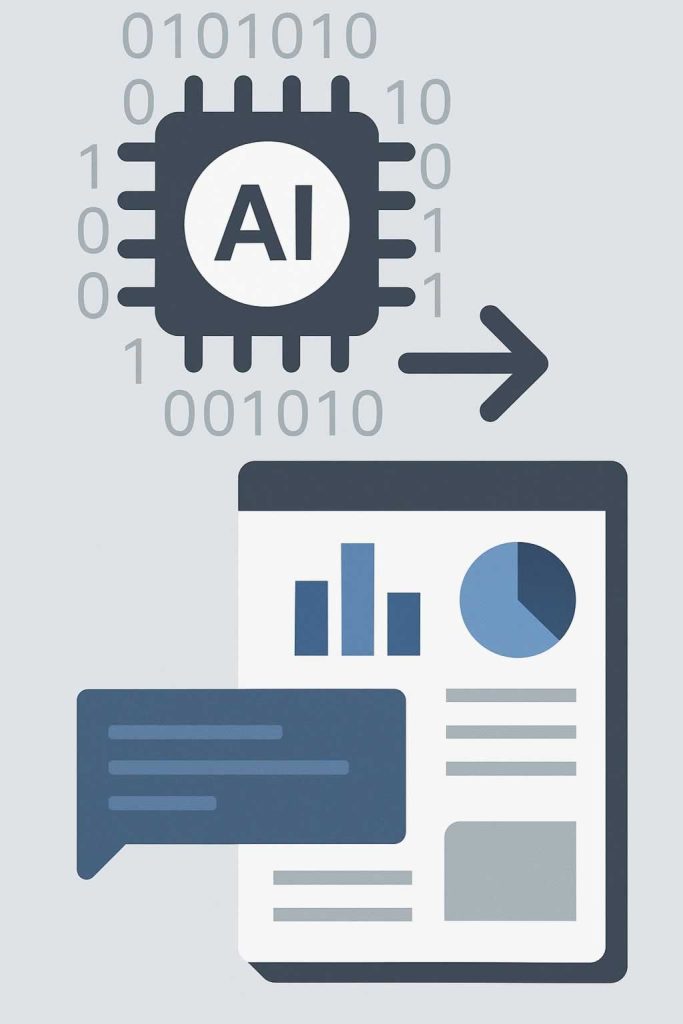

Anonymizing data for AI use is essential when working with sensitive or personally identifiable information. At AEHEA, we treat anonymization as a fundamental step in building responsible, compliant AI systems. The goal is to remove or mask any details that could link the data back to a specific person or entity while preserving the usefulness of that data for training, testing, or analysis. It is a careful balance between privacy and performance, and we approach it with both technical and ethical precision.
We start by identifying what needs to be anonymized. This includes obvious fields like names, emails, phone numbers, IP addresses, and identification numbers, but it also includes more subtle indicators like job titles, writing styles, geographic details, or internal references. Once identified, we apply various techniques such as redaction, pseudonymization, token replacement, or generalization. For instance, “John Smith from Berlin” might become “User A from European City.” The trick is to obscure identity while keeping the text or data format usable by the model.
When working with textual data, we often use automated tools to scan and replace sensitive fields. These tools detect patterns such as email syntax or phone number formatting and swap them out with neutral placeholders. We sometimes run the data through named entity recognition models to identify less obvious personal details. For structured data like tables or spreadsheets, we use mapping layers that separate identifiers from the analytical content. This ensures we can still run analytics or training on trends without exposing individual-level information.
At AEHEA, we also consider long-term data hygiene. That means maintaining clear policies about what gets logged, who can access raw data, and how anonymized outputs are stored or shared. We often build data flows in tools like n8n that automate anonymization before data ever reaches an AI model. Anonymizing data is not just about compliance it is about protecting trust. We believe privacy and AI can work side by side when the right guardrails are in place from the beginning.
